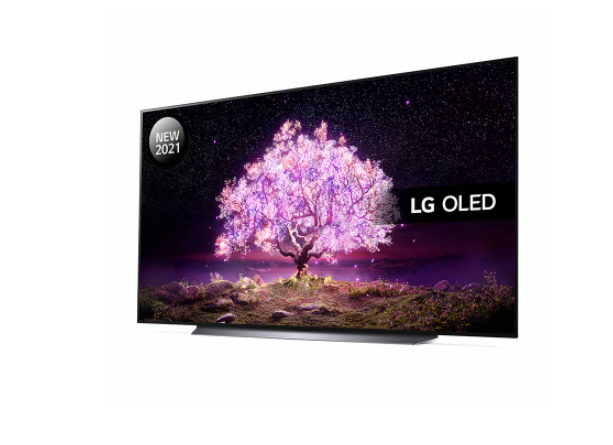4K vs HDR is one of the prevailing battles for this current generation of gaming hardware. With gaming PCs and consoles like the PlayStation 5 and Xbox Series X/S having enough power to drive such displays, these two choices are now on the table when it comes to a "true next gen experience."

But which one is worth it, really? In this guide, you will learn about the nuances of 4K and HDR displays, and whether each (or perhaps neither) is actually worth buying for your gaming needs.
4K vs HDR 101
First off, what does 4K and HDR mean anyway? Here's how PCWorld defines both.
4K refers to the resolution of a typically 16:9 ratio display. The actual resolution is rated at 3840 x 2160. It is also sometimes called 2160p or Ultra HD, depending on the marketing.
HDR, on the other hand, means High Dynamic Range. Displays with this feature are designed to have more vibrant colors, which allows for far brighter, richer-looking scenes and contrast. There's a lot more to HDR than this, but this is the most basic definition.

It is also important to note that a lot of modern 4K TVs will also feature HDR technology, as per LifeWire. That's because both technologies are more or less standard these days when it comes to high-end displays.
Is One Better Than The Other In Terms Of Quality?
No, and the reason is simple. One talks about pure screen resolution alone, while the other mostly refers to the color range. Some may consider 4K screens as having superior quality due to how many pixels they have: four times as many pixels as a 1080p Full HD display, writes WinXDVD.
Gaming on that many pixels will let you see even the tiniest details in a specific scene because it will be fully rendered. It won't look blurred or washed out.

As for HDR, its picture quality has absolutely nothing to do with the resolution. HDR TVs or monitors could technically have a lower resolution than 4K, but they compensate for the lost pixels with color fidelity that's close to what actual human eyes see in the environment.
With HDR on, you will experience far better contrast between light and dark environments, allowing you to see actual colors as you would see them with your own eyes. And that is achievable all without visual trickery like bloom, which tends to produce muddy or blurred colors.
Gaming On 4K And HDR-And Vice Versa
Now, onto the fun part. Which one should you get?
The answer depends on what kind of gaming system you actually have. If you have either a PlayStation 5 or an Xbox Series X, you'd be happy to know that you're okay with going for either a 4K or HDR display. Both consoles offer HDR support, but the Series X offers a slightly lower standard called HDR10, as well as a better one called Dolby Vision (as per Xbox).
As for 4K, once again, both consoles have enough power to drive the heavy pixel count without sacrificing a smooth performance.
For PC gamers, the recommendations are mostly similar. It also depends on what kind of hardware you have at the moment. For one, if you know that your system has enough power to actually run games in 4K, then go for a 4K monitor.

As for HDR, it depends a bit on hardware. According to RockPaperShotgun, you'll need at least an NVIDIA GTX 900, 10-series, 16-series, or RTX series graphics card to be able to run an HDR display out of the box. On the AMD side, you'll need an RX 400-series card or newer.
Either way, going for a 4K or HDR display will give you an excellent visual experience for gaming. So, which display are you going with?
This article is owned by Tech Times
Written by RJ Pierce




